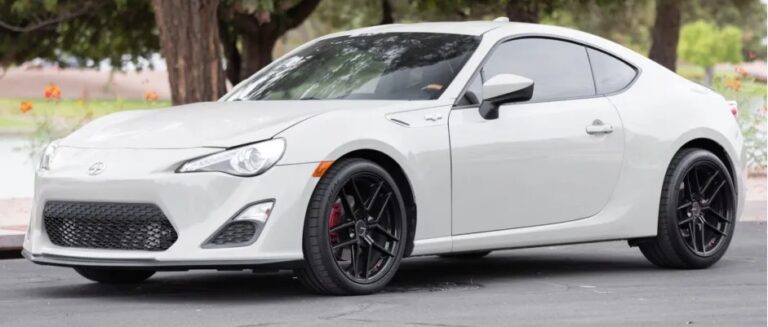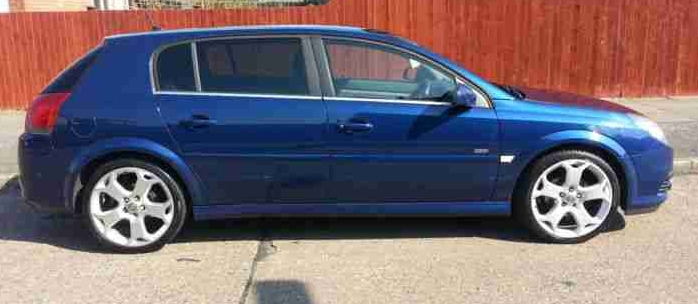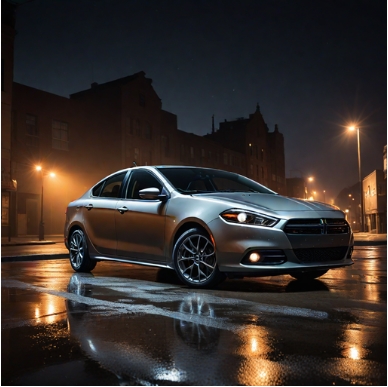The Evolution of the Renault Wind
The Renault Wind represents a unique chapter in Renault’s history of compact sports cars and roadsters. Launched during the early 2010s, the Wind was positioned as a stylish, fun-to-drive open-top vehicle aimed at urban drivers seeking a blend of sporty design and practicality. Over its brief lifespan, the Renault Wind evolved through various models and trim levels, reflecting shifts in market demand, technological advances, and Renault’s strategic priorities.
Introduction and Launch (2010–2013)
Development and Concept
The Renault Wind was first introduced as a concept car at the 2004 Paris Motor Show. It was designed as a modern, compact roadster with a distinctive, sporty silhouette and a folding fabric roof. The concept showcased Renault’s exploration into stylish, affordable open-top vehicles that could appeal to urban lifestyle markets.
Production Commencement
Renault officially launched the production version of the Wind in 2010, marking its entry into the small roadster segment. The model was built at Renault’s plant in Palencia, Spain, and was primarily targeted at European markets.
Design and Features
The Renault Wind was notable for its unique “clamshell” roof, which could retract in approximately 12 seconds, folding into the rear of the vehicle to convert it from a coupe to a roadster. The car boasted a sleek, aerodynamic design with a low ride height, muscular wheel arches, and a distinctive front grille.
The interior was designed with driver engagement in mind, featuring a driver-centric dashboard, compact dimensions, and options for personalized trims.
Engine Options and Performance
The Renault Wind was powered by a range of petrol engines:
- A 1.2-liter TCe turbocharged four-cylinder engine producing approximately 100 horsepower.
- A 1.6-liter naturally aspirated engine producing around 115 horsepower.
- A 1.6-liter turbocharged engine offering up to 133 horsepower in certain trims.
The transmission options included a five-speed manual gearbox and, in some markets, a six-speed automatic.
Models and Trim Levels (2010–2013)
During its production run, the Renault Wind was offered in various trim levels, primarily differentiated by features, interior options, and optional packages.
Initial Launch Model
- Renault Wind Expression: The base model included essential features such as air conditioning, power windows, and a CD player. It was aimed at budget-conscious buyers seeking style and practicality.
Mid-Range Models
- Renault Wind Dynamique: Added features such as alloy wheels, cruise control, upgraded audio systems, and interior trim enhancements. It was the most popular trim, offering a good balance of features and affordability.
Top-Trims
- Renault Wind Privilege: The highest trim level, including leather upholstery, premium audio, parking sensors, fog lights, and a more sophisticated interior. Some markets offered optional packages like a navigation system.
Special Editions
Throughout its run, Renault occasionally released special editions, such as the “Black Edition,” which featured unique paint options, black interior accents, and exclusive badging.
Market Reception and Performance
The Renault Wind was appreciated for its distinctive design, fun driving experience, and affordability. However, its limited cargo space, modest engine options, and niche appeal meant it remained a relatively niche product.
Discontinuation and End of Production (2013)
Renault ceased production of the Wind in 2013 after a three-year run. The decision was driven by declining sales, increased competition from other small sports cars, and shifting consumer preferences toward SUVs and crossovers.
.
THIS might be a great place to get your new car from!
Or for those who are into the “car flipping” business, here’s an excellent resource for you!

.
Post-Production and Legacy
Despite its short lifespan, the Renault Wind has remained a notable model among enthusiasts for its innovative roof mechanism and striking design. It is often considered a modern reinterpretation of classic roadsters and a testament to Renault’s design ingenuity during the early 2010s.
Summary of Key Specifications and Features
| Year | Engine Options | Power (hp) | Transmission | Notable Trim Levels | Production Notes |
|---|---|---|---|---|---|
| 2010–2013 | 1.2L TCe, 1.6L, 1.6L Turbo | 100–133 | 5MT, 6AT (market-dependent) | Expression, Dynamique, Privilege | Production at Palencia, Spain |
| 2010–2013 | Folding fabric roof, various interior options | N/A | N/A | N/A | Innovative “clamshell” roof mechanism |
The Renault Wind’s Place in Automotive History
While the Renault Wind was produced for a relatively brief period, it played a significant role as an example of Renault’s commitment to styling, innovation, and catering to niche markets. Its distinctive roof mechanism influenced future designs, and its sporty, compact form continues to appeal to collectors and enthusiasts.
Conclusion
The Renault Wind’s evolution from concept to production and its subsequent discontinuation reflects the challenges faced by small, niche sports cars in a rapidly changing automotive landscape. Its various models and trims showcased Renault’s efforts to balance affordability, style, and performance. Although no longer in production, the Wind remains a memorable example of Renault’s design philosophy and engineering innovation during the early 2010s.







